Can I Use A Video Camera For Zoom?
In today's digital age, video conferencing has become an essential tool for both personal and professional communication. With the rise of platforms like Zoom, people are constantly seeking ways to enhance their video quality and overall experience. One common question that arises is whether a video camera can be used for Zoom meetings. The short answer is yes, but there are several factors to consider to ensure a seamless integration and optimal performance. This article will delve into the practical aspects of using a video camera for Zoom, covering compatibility, setup, benefits, and potential challenges.
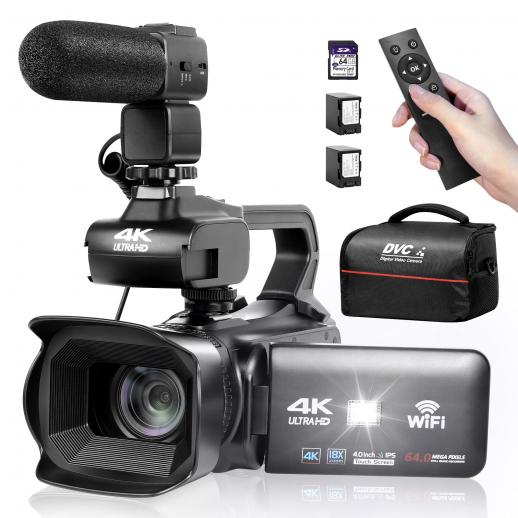
Understanding Compatibility
The first step in using a video camera for Zoom is to ensure compatibility. Not all video cameras are designed to function as webcams, so it's crucial to check if your camera supports this feature. Many modern video cameras, especially those designed for vlogging or streaming, come with a USB or HDMI output that can be connected to a computer. However, older models may lack this functionality.
USB vs. HDMI
- USB Connection: If your video camera has a USB output, it can often be directly connected to your computer. The computer should recognize it as a webcam, making the setup process straightforward. This is the most user-friendly option and is ideal for those who are not tech-savvy.
- HDMI Connection: If your camera only has an HDMI output, you'll need an HDMI capture card. This device converts the HDMI signal into a format that your computer can recognize as a webcam input. While this adds an extra step to the setup process, it often results in higher video quality.
Setting Up Your Video Camera for Zoom
Once you've confirmed that your video camera is compatible, the next step is setting it up for Zoom. Here’s a step-by-step guide to help you through the process:
1. Connect the Camera: Use the appropriate cable (USB or HDMI) to connect your video camera to your computer. If you're using an HDMI connection, ensure that the capture card is properly installed and connected.
2. Power On the Camera: Turn on your video camera and set it to the appropriate mode. Some cameras have a specific "webcam" mode, while others may require you to switch to "video" or "record" mode.
3. Install Necessary Drivers: Some video cameras may require specific drivers or software to function as a webcam. Check the manufacturer's website for any required downloads and install them on your computer.
4. Configure Zoom Settings: Open Zoom and navigate to the settings menu. Under the "Video" tab, select your video camera from the list of available devices. You should see a live preview of your camera feed.
5. Adjust Camera Settings: Depending on your camera model, you may have the option to adjust settings such as resolution, frame rate, and focus. Fine-tune these settings to achieve the best possible video quality.
Benefits of Using a Video Camera for Zoom
Using a video camera for Zoom offers several advantages over a standard webcam. Here are some of the key benefits:
Superior Video Quality
Video cameras are designed to capture high-quality footage, often surpassing the capabilities of built-in or standalone webcams. This results in clearer, more professional-looking video during your Zoom meetings.
Enhanced Features
Many video cameras come with advanced features such as optical zoom, image stabilization, and manual focus. These features allow you to customize your video feed to suit your needs, whether you're presenting to a large audience or having a one-on-one conversation.
Flexibility and Versatility
Video cameras are typically more versatile than webcams, offering a wider range of mounting options and angles. This flexibility allows you to position the camera in the most flattering or practical location, enhancing your overall video conferencing experience.
Potential Challenges and Solutions
While using a video camera for Zoom has its benefits, there are also potential challenges to be aware of. Here are some common issues and their solutions:
Compatibility Issues
As mentioned earlier, not all video cameras are compatible with Zoom. If you encounter compatibility issues, check the manufacturer's website for firmware updates or additional software that may resolve the problem. Alternatively, consider investing in a capture card if your camera only has an HDMI output.
Power Supply
Video cameras typically consume more power than webcams, which can be an issue during long meetings. To avoid interruptions, ensure that your camera is fully charged or connected to an external power source.
Audio Quality
While video cameras excel in capturing high-quality video, their built-in microphones may not offer the best audio quality. Consider using an external microphone or a dedicated audio interface to ensure clear and professional-sounding audio during your Zoom meetings.
Practical Tips for Optimal Performance
To get the most out of your video camera during Zoom meetings, consider the following practical tips:
1. Lighting: Good lighting is crucial for high-quality video. Position yourself in a well-lit area, preferably with natural light. If natural light is not available, use soft, diffused artificial lighting to avoid harsh shadows.
2. Background: Choose a clean, uncluttered background to maintain a professional appearance. Virtual backgrounds can also be used, but ensure that your camera and lighting setup are compatible with this feature.
3. Camera Positioning: Position the camera at eye level to create a natural and engaging perspective. Avoid placing the camera too high or too low, as this can result in unflattering angles.
4. Test Before Meetings: Always test your setup before important meetings to ensure that everything is functioning correctly. This includes checking the video feed, audio quality, and internet connection.
Using a video camera for Zoom can significantly enhance your video conferencing experience, offering superior video quality and advanced features. By ensuring compatibility, following the proper setup steps, and addressing potential challenges, you can achieve a professional and polished appearance during your Zoom meetings. Whether you're a business professional, educator, or content creator, investing in a high-quality video camera can make a noticeable difference in your online interactions.


![[4X Optical Zoom] Recharge power Security Camera PTZ Outdoor for Home Security with Human Detection Auto Tracking-US Standard [4X Optical Zoom] Recharge power Security Camera PTZ Outdoor for Home Security with Human Detection Auto Tracking-US Standard](https://img.kentfaith.com/cache/catalog/products/us/KF50.0003/KF50.0003-1-200x200.jpg)
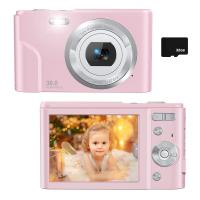
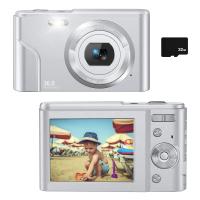
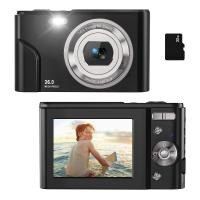
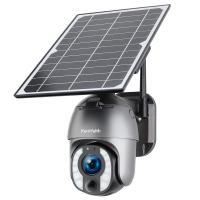
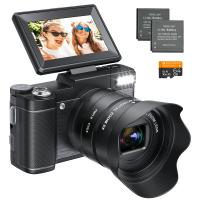
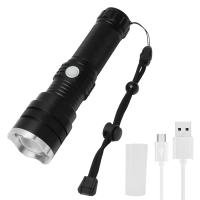
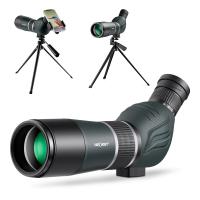
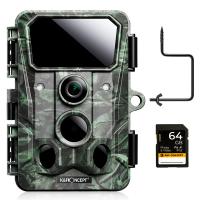
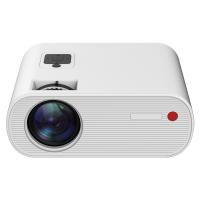
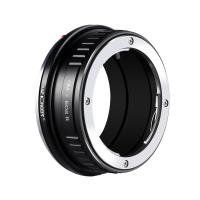


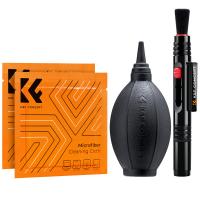

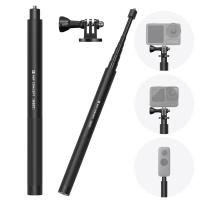
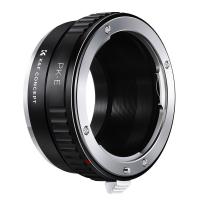

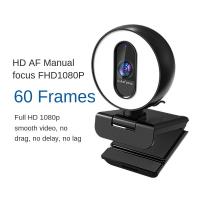
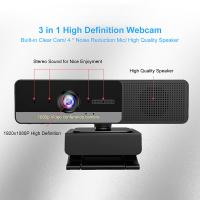



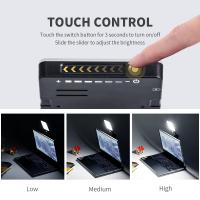


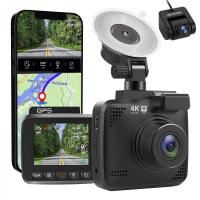
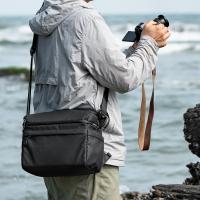
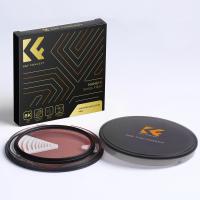

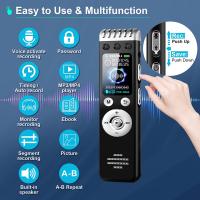


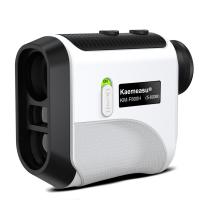

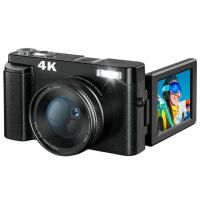
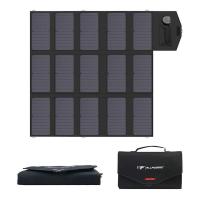

There are no comments for this blog.